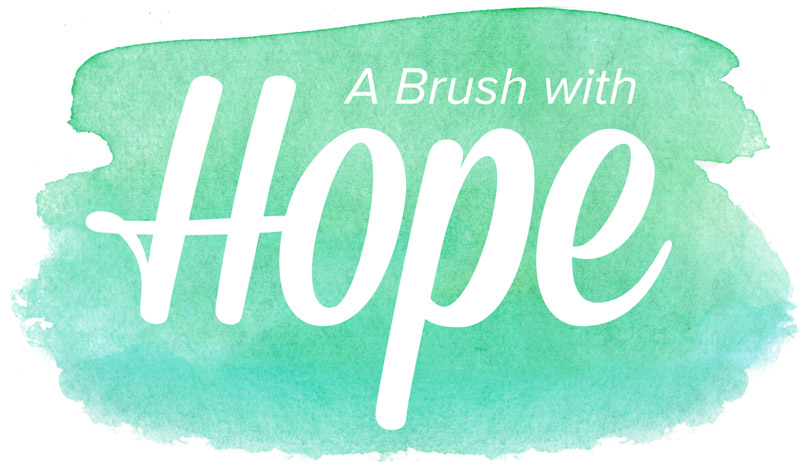If you are creating your studio set up in the comfort of your own home, here is your go to guide on materials.
You may be surprised to know that you may already have some of these materials. I like to keep them accessible and you can always add to them over time.
I like to keep my supplies in a shoebox or any recycled and repurposed cartons, such as oatmeal container.
Here are a few of my favorite most basic art supplies. (You may even have some laying around already)
1. A mixed media journal. Thicker paper holds up to various mediums. Here is a link to my favorite one: https://www.dickblick.com/products/canson-xl-mix-media-pads/
However, scrap paper of many sizes and textures will also do. Think recycling cards, paper grocery bags, cardstock, even wrapping paper.
2. Some drawing materials: crayons, pencils, colored pencils, a few different pens, a few favorite markers. Keep them in a small zip lock or pencil bag with an sharpener available.
3. Cutting and pasting: a small glue stick or white glue, and a pair of small scissors.
4. Collage materials: Think magazines, old cards, newspaper clippings, quotes, photos, recycled drawings, I keep mine in a folder of small envelope. It can be fun to sort your images by categories.
5. Ephemera; a fancy word for findings. These are your: beads, sequins, stickers stamps, ribbons, feathers, pompoms, pipe cleaners, buttons, paper scraps and glitter glue can always be painted on to add sparkle to your creations.
Nature items: dried flowers, pine cones, feathers, seeds, rocks and pebbles
6. Added bonus: a few small tubes of paint and a brush. It could be acrylic, tempera, or watercolor. The watercolor could also be in a pan. Such as Prang. I love the vibrancy. https://www.dickblick.com/items/prang-watercolor-pans-oval-assorted-set-of-16-colors/
One can always expand on these materials in future art therapy sessions, but art directives and exploration can be done with the most basic of supplies. Your art therapist will help you with this.
Stay tuned for another post and for my “all time favorite” art supplies to add to your kit now or later.
Happy Creating!
-Kristen



